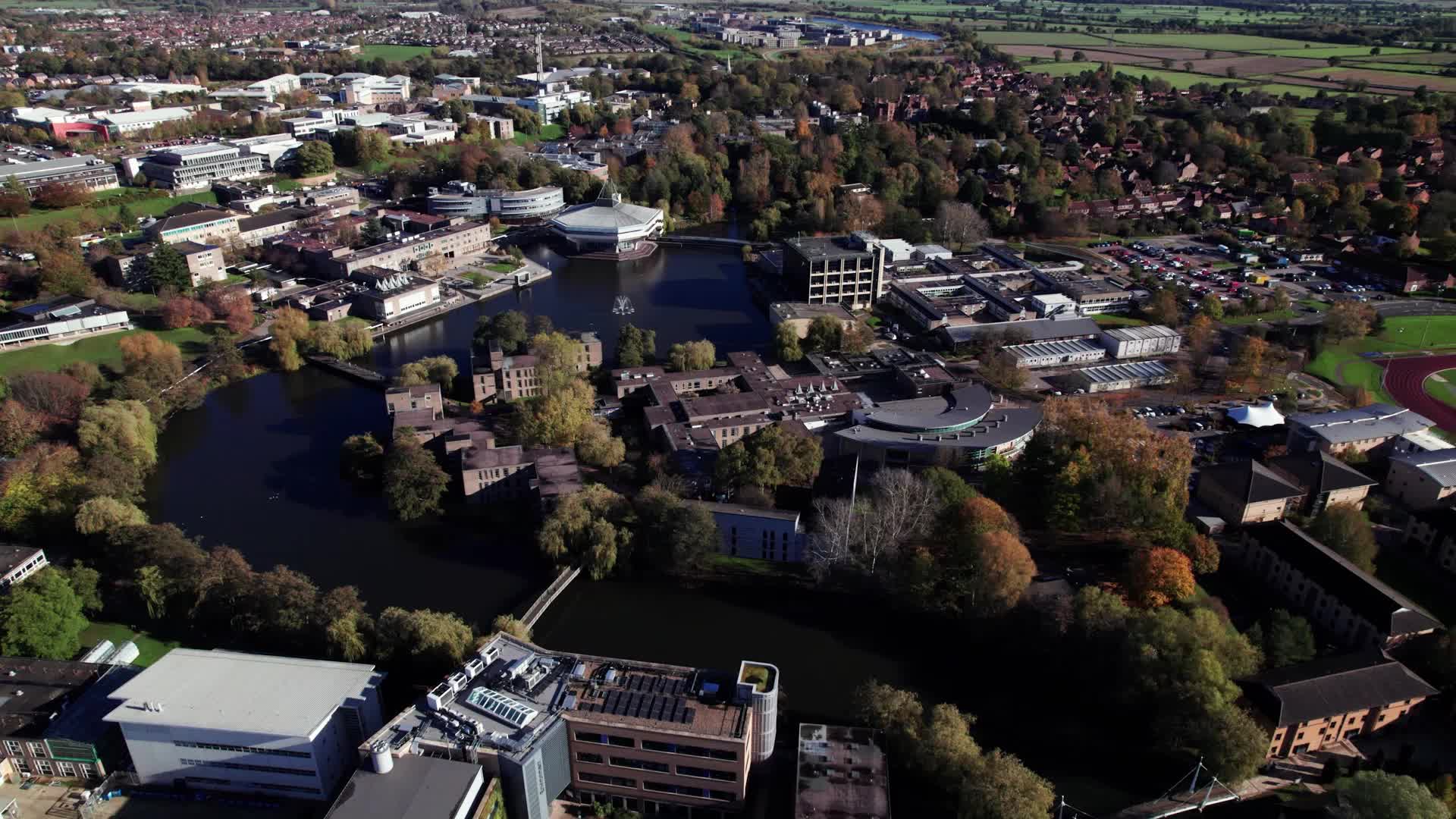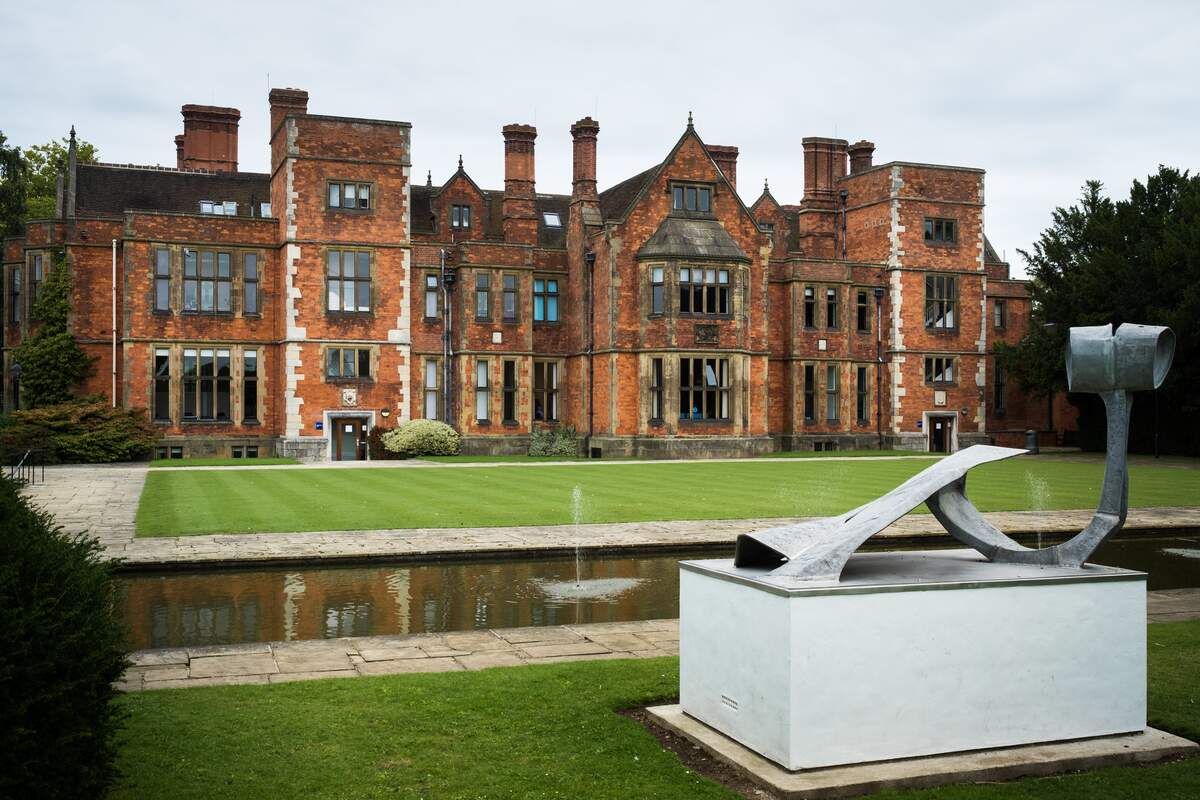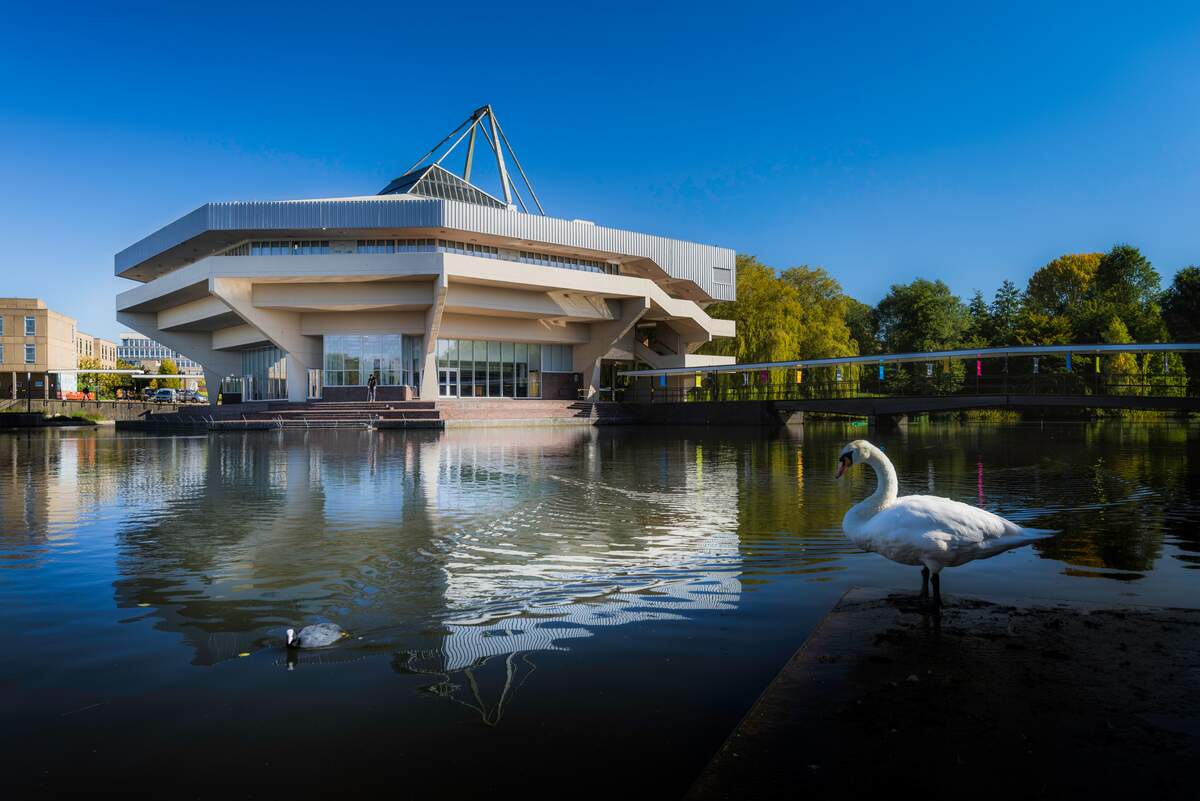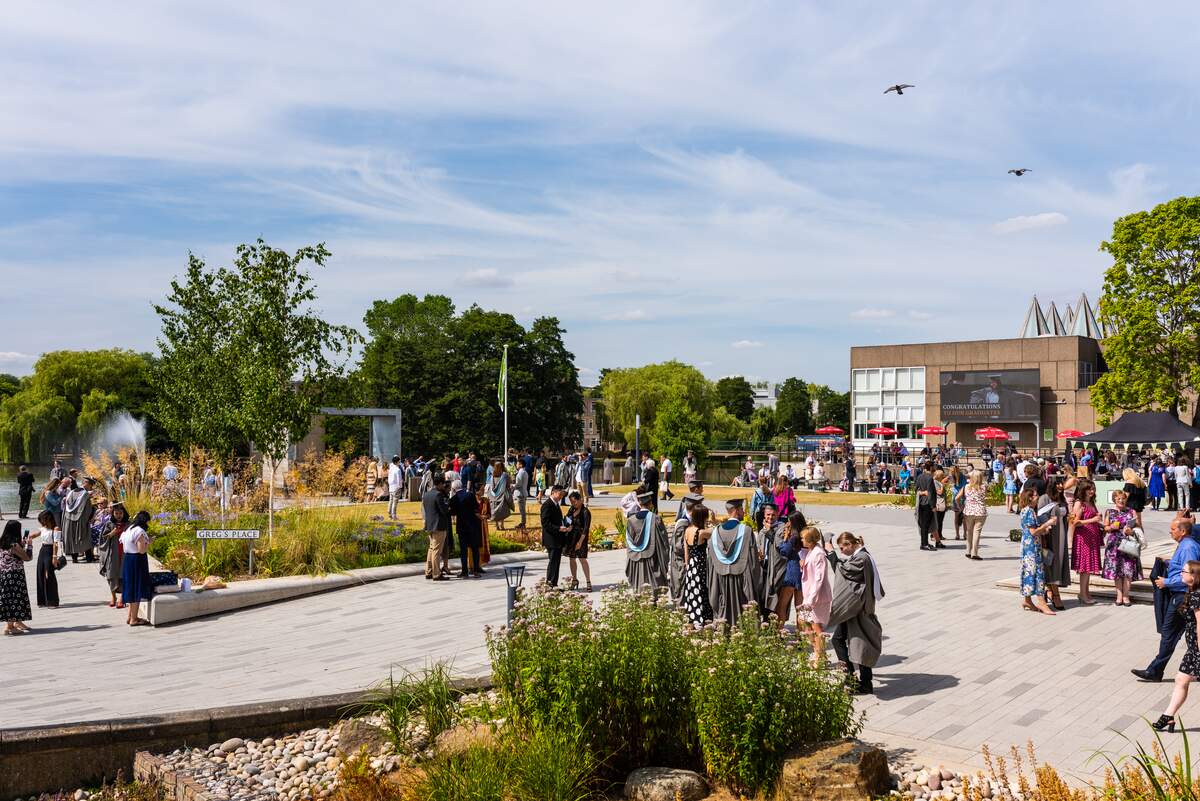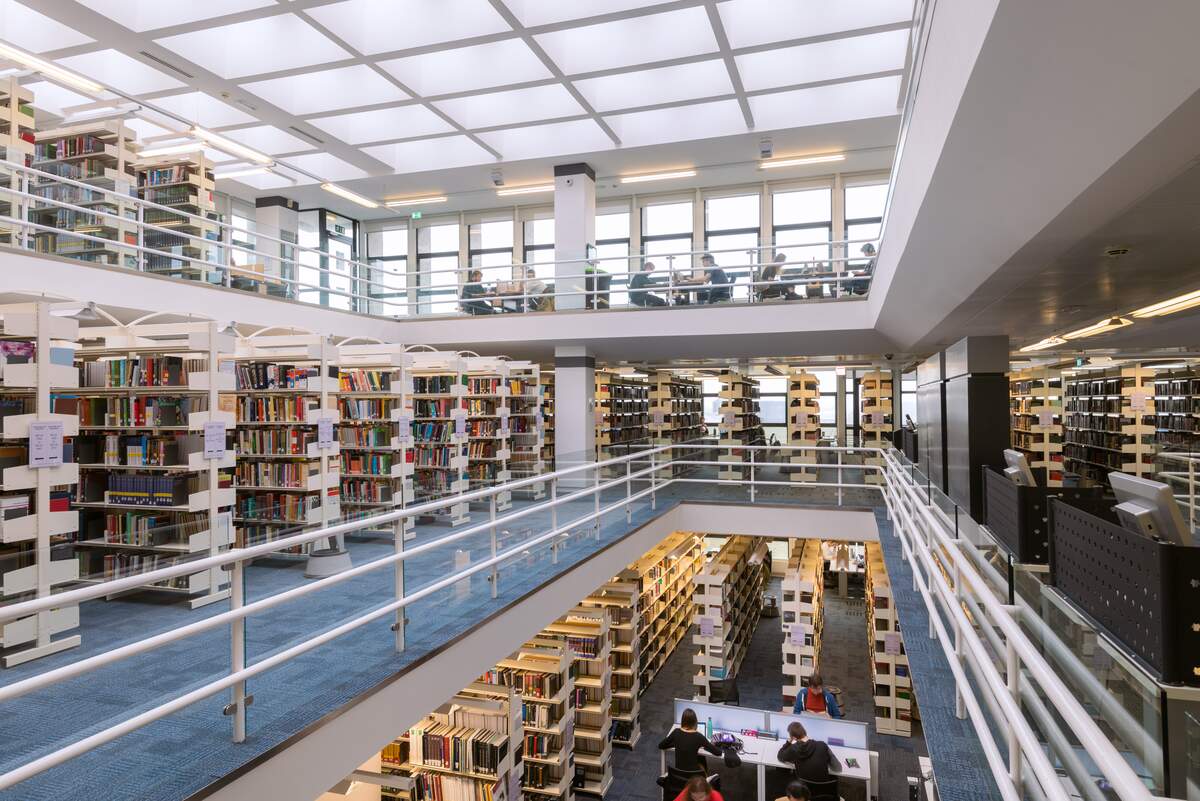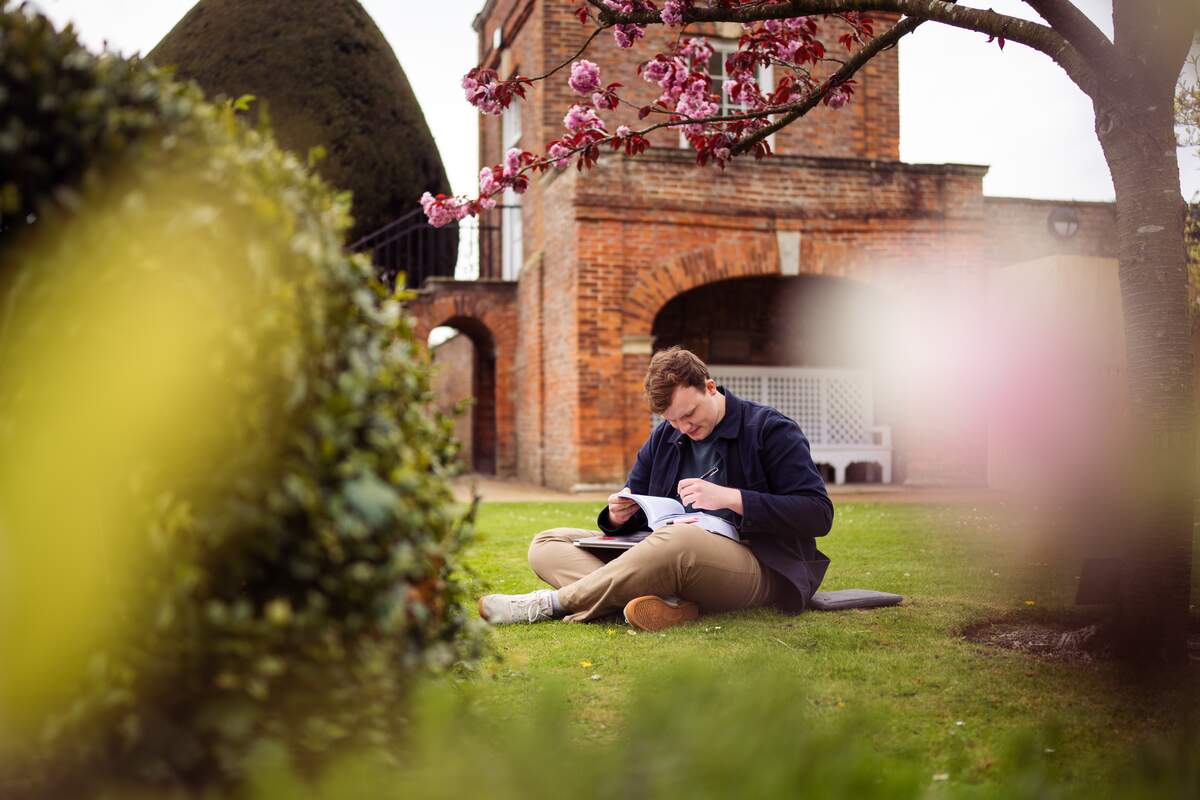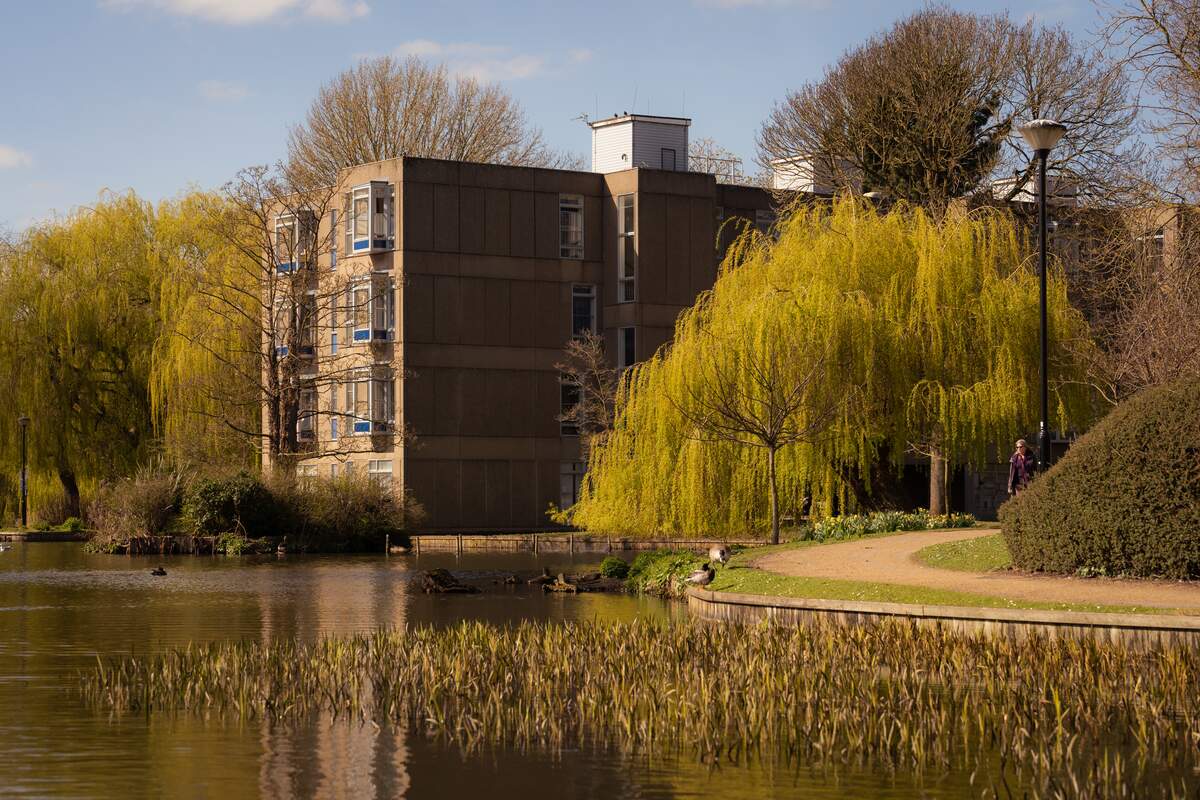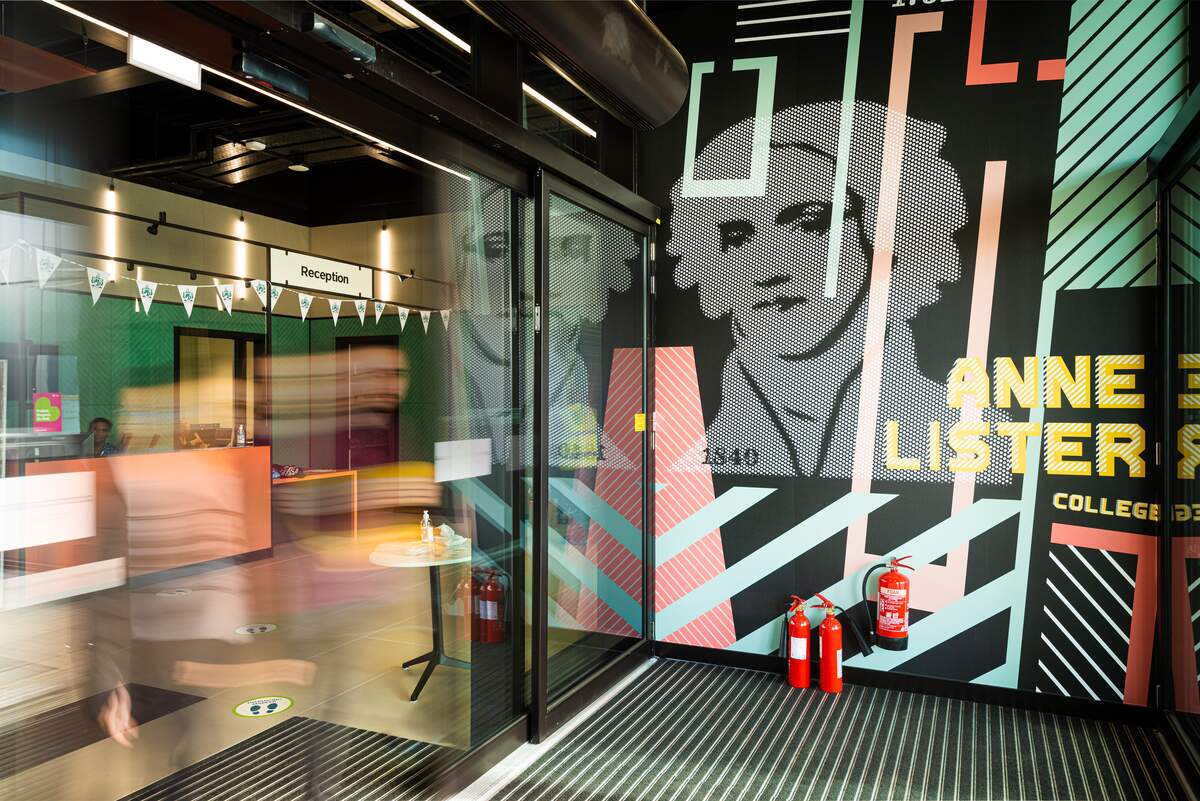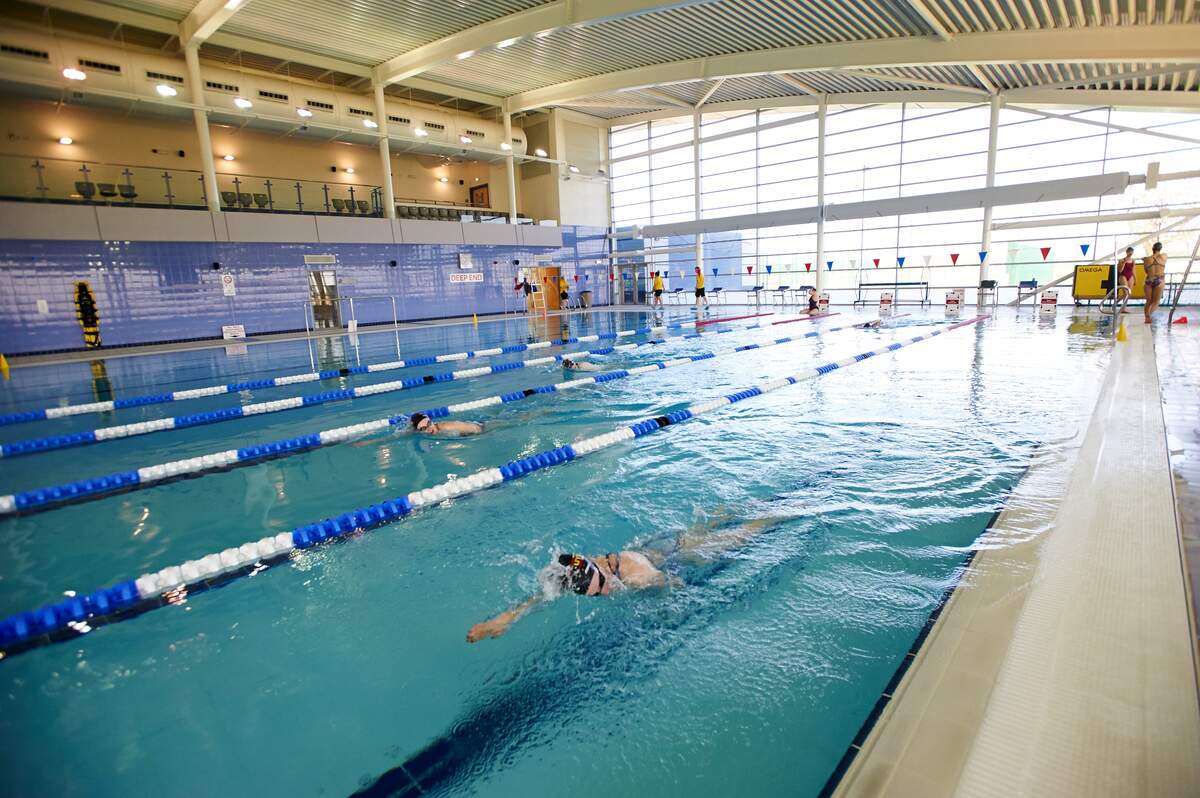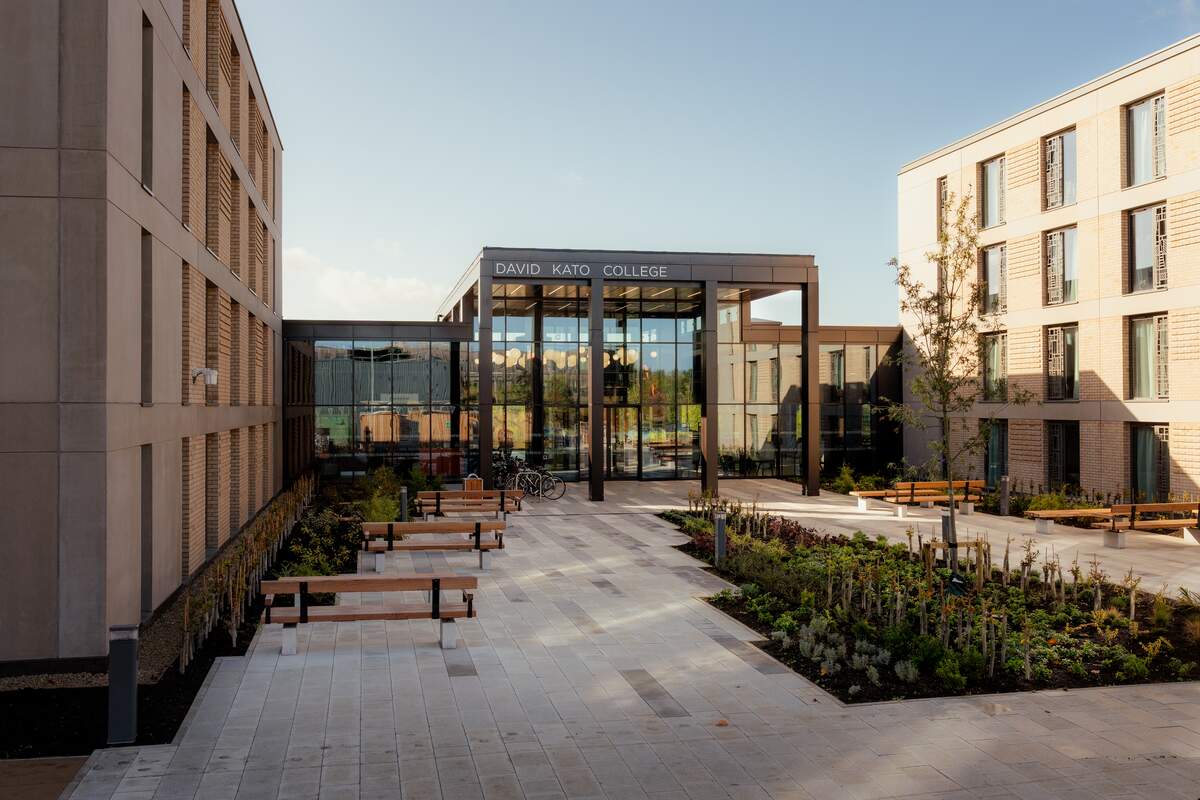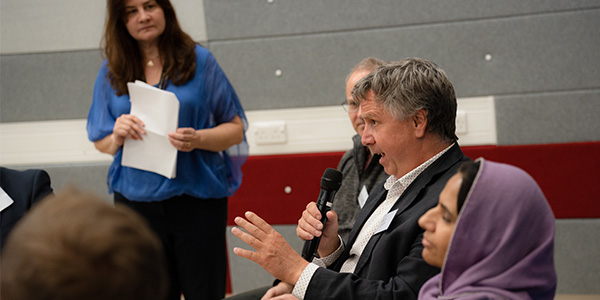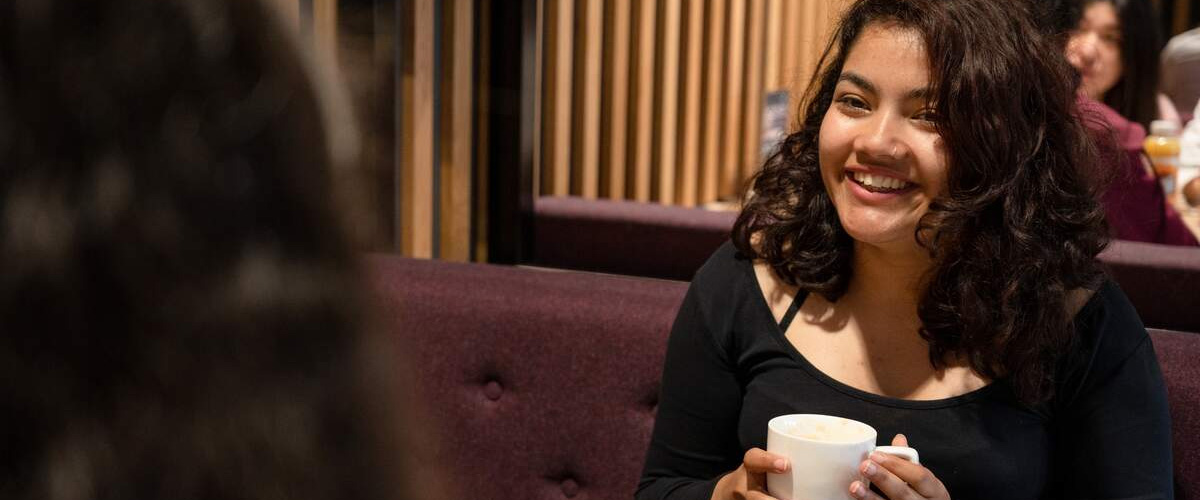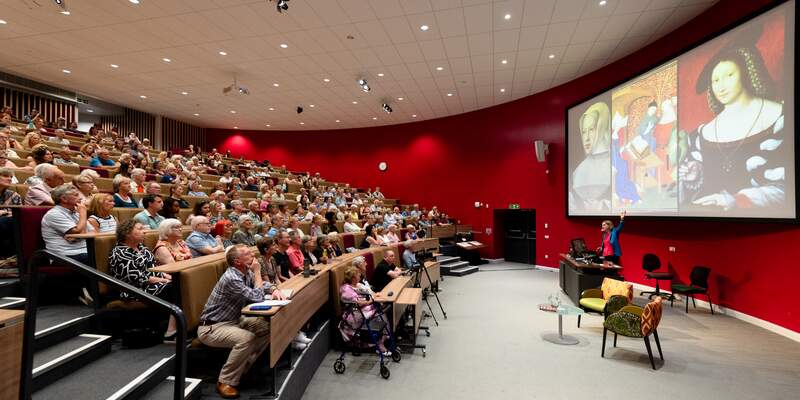York is a campus university renowned for its green spaces and lakes.
Our campus is home to an abundance of wildlife, hundreds of works of art, and plenty of places to eat, drink and shop. It's located within walking distance of York's historic city centre. The campus has grown significantly since the first of our buildings rose from Heslington's marshes at the beginning of the 1960s. Today, we continue to invest in our campus to ensure it's a great place to live, study and work.

